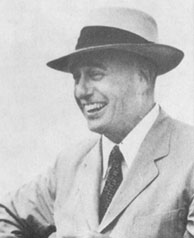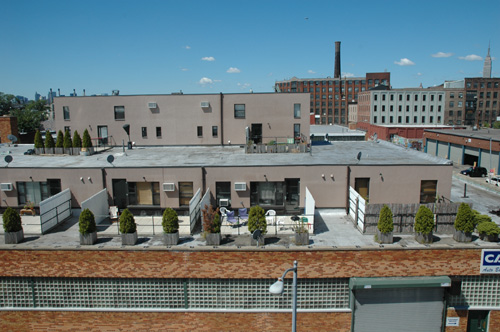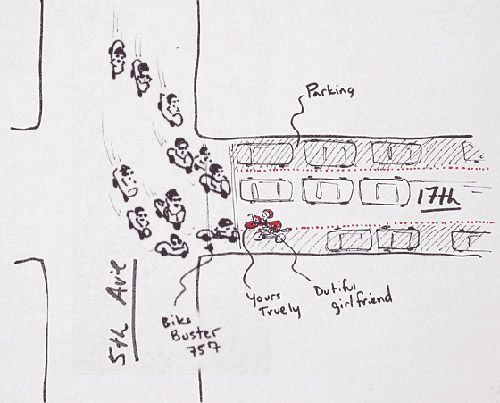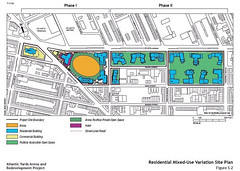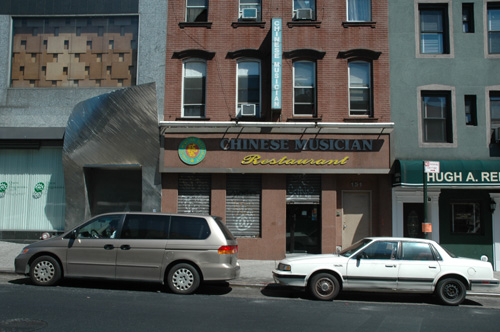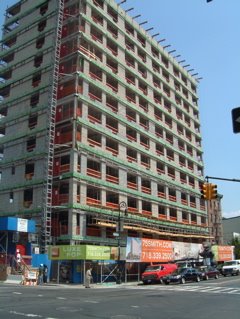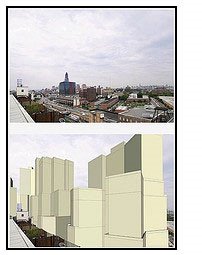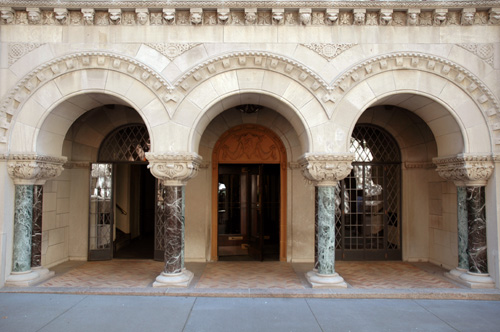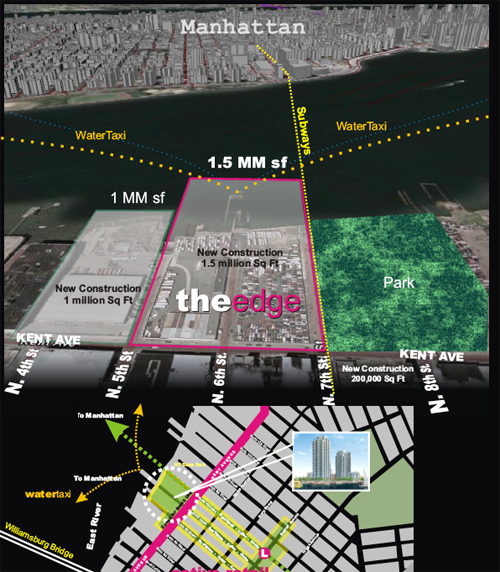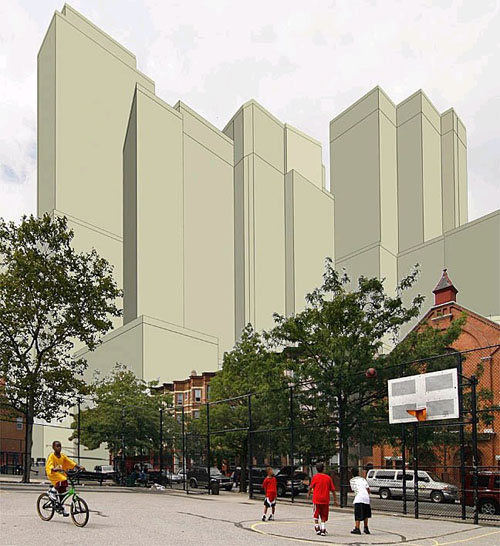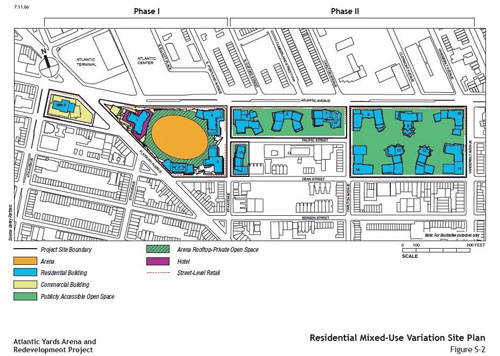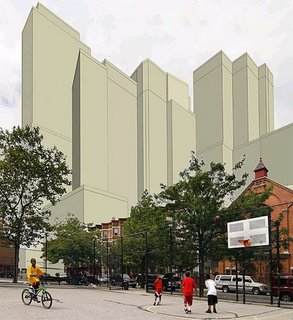
Of all the fascinating things swirling around the hyper-controversial
Atlantic Yards project in the days since last week's public hearing, the most interesting is the discussion about a possible scaling back of the project before it goes to the
Empire State Development Corporation's board for a certain vote of approval.
Is the talk of shrinkage a spontaneous move on the part of public officials who have heard the
drumbeat of opposition in Brooklyn? Or is it calculated ploy by the same powerbrokers so they can say they listened to the public while, in reality, simply cutting fat that was
pre-built into project plans in anticipation of this day?
Most likely it's the latter, but the volume and staying power of opponents has no doubt made an impression on both the public officials that have steadfastly supported Atlantic Yards and those that have supported it but have raised some questions about the top-down, unresponsive nature of the planning and approval process (either because they're genuinely troubled by spectre of Robert Moses hovering over the process or because they find it politically expedient to make it look like they are).
Most curious, of course, are the comments of
Borough President Marty Markowitz, who has been Atlantic Yards Cheerleader-in-Chief while voicing vague concerns about the project's density. Markowitz used the public hearing to declare that some of the buildings need to be scaled back, that Miss Brooklyn shouldn't exceed the Williamsburgh Savings Bank tower in height and that transportation planning has been seriously flawed.
Forest City Ratner officials including Jim Stuckey reacted by laughing,
according to community activist Philip DePaolo who was sitting behind Mr. Stuckey and took note of the fact they found the Borough President's remarks funny. One can only conclude that (a). Ratner's people knew ahead of time that Markowitz would be making these remarks in order to do some damage control or (b). They thought that Markowitz's modest suggestions were, well, laughable or (c). They find Markowitz himself a joke. (
Note to Marty: You should ask Ratner staff people not to laugh at you in public. Or, at least, not to laugh when you're not telling jokes. It looks bad.)
For the record, Gowanus Lounge believes there are many, many things wrong with Atlantic Yards as currently proposed, and the height of several of the buildings is just one of them. This is why the project needed a locally-based planning process and why we find the ram-it-down-their-throats approach of the Empire State Development Corporation and the Pataki Administration offensive.
Others, including City Council Member David Yassky, are suggesting a scaleback of up to 50 percent. (Yassky, for instance, told
Atlantic Yards Report's Norman Oder that a scaling back of 50 percent might be in order.)
Of course, it is worth pointing out that the project has grown since it was first proposed, perhaps in order to find ways to make it look like it is being shrunk without actually shrinking it. To a many observers, the project is so huge that cutting it by half will
still leave Brooklyn with an oversized and far too dense project. In his
Atlantic Yards Report today, for example, Mr. Oder engages in a perceptive discussion about a 50 percent scaleback, saying "there's a certain ridiculousness to the exercise--a reduction in scale wouldn't be accomplished by shrinking the buildings; it would be accomplished by various forms of surgery. Had the project proceeded via the city's land use planning process, a ceiling would have been set by zoning at the start."
Gowanus Lounge will go out on a limb and predict a 25-33 percent reduction in density from what it currently is on paper. Call us crusty and cynical, but that's probably in the neighborhood of the "shrinkage" everyone had in mind from the very beginning. That way, the developer still has a project that will produce hundreds of millions of dollars in pure profit. And the public officials like Markowitz and Governor Pataki and Mayor Bloomberg who've been the project's biggest supporters can say they listened to the public and took heroic steps to get the developer to make the project smaller and better.
Just a hunch, of course.

